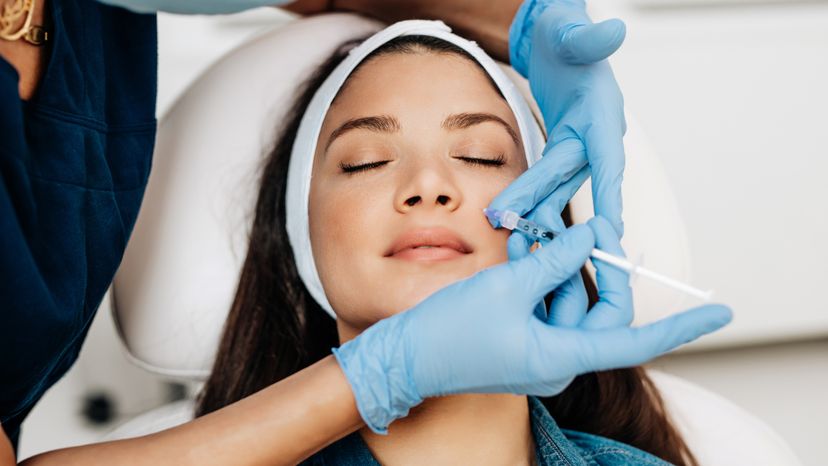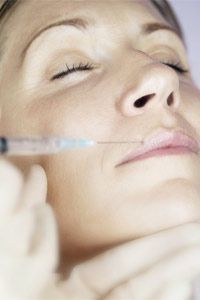Botox® (botulinum toxin type A) is successfully used to treat blepharospasm, strabismus, and cervical dystonia -- these are all conditions that in some way involve spasms, involuntary muscle contractions.
Within a few hours to a couple of days after the botulinum toxin is injected into the affected muscle(s), the spasms or contractions are reduced or eliminated altogether. The effects of the treatment are not permanent, reportedly lasting anywhere from three to eight months. By injecting the toxin directly into a certain muscle or muscle group, the risk of it spreading to other areas of the body is greatly diminished.
Botox® Cosmetic has been successfully used to treat severe glabellar (frown) lines and is approved for use in adult patients up to 65 years of age. Also a form of botulinum toxin type A, when Botox® Cosmetic is injected into the muscles surrounding the brow area for instance, those muscles can not "scrunch up" for a period of time. They are paralyzed. So the wrinkles in that area, often referred to as furrows or frown lines, temporarily go away.
Other applications for Botox® are currently under investigation. It has been reported that spasmodic dysphonia, a neurological disorder that affects the muscles of the larynx, responds well to Botox® treatment. It has also been used to treat other dystonias, such as writer's cramp, as well as facial spasms, head and neck tremors and hyperhidrosis (excessive sweating). A recent study has even been conducted to observe its use in treating chronic neck and back pain.
The Food and Drug Administration (FDA) has also issued statements warning of the possible hazards of "Botox® parties." Whether used to treat medical conditions such as blepharospasm or strabismus or cosmetic concerns such as furrow lines, a Botox® injection is a medical procedure that should be performed in a controlled medical environment. According to the FDA, administering this treatment during a cocktail party greatly diminishes the gravity of this medical procedure. There is always a risk of adverse reactions or side effects after a Botox® injection, so patients need to be in a medical setting that is equipped to handle an emergency situation. And, the ingestion of alcohol at or around the time of injection could worsen any bruising at the injection site.
For more information, check out the links on the next page.


